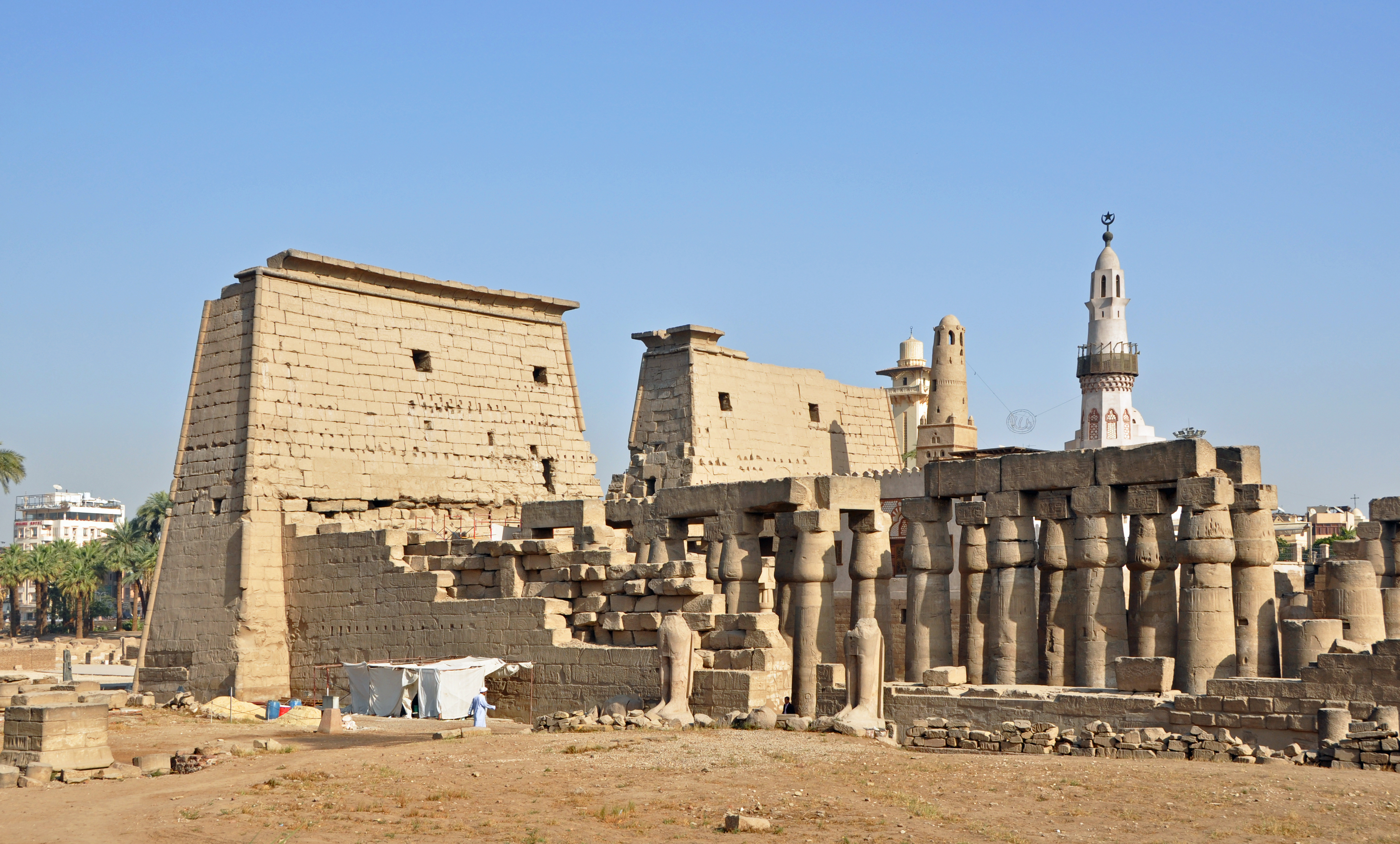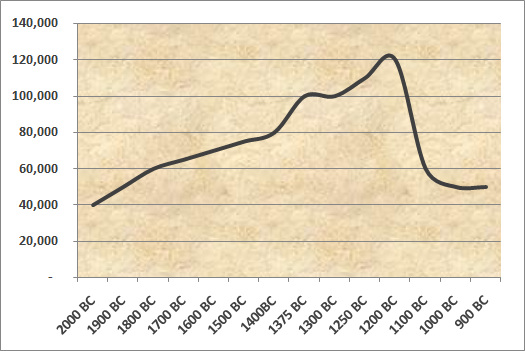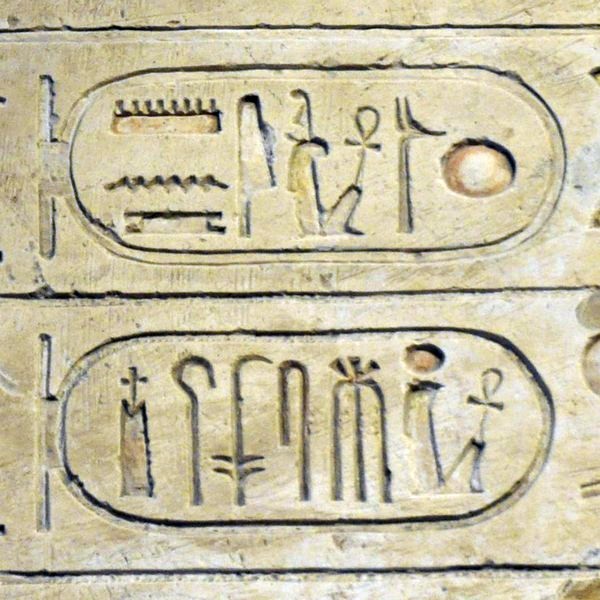|
Egypt–France Relations
Egypt–France relations, also known as Egyptian–French relations, are the bilateral relations between Egypt and France. Relations between the two countries have spanned centuries, from the Middle Ages to the present day. Following the French campaign in Egypt and Syria, French occupation of Egypt (1798-1801), a strong French presence has remained in Egypt. Egyptian influence is also evident in France, in monuments such as the Luxor Obelisk in Paris. The relationship is also marked by conflicts like the Algerian War (1954-1962) and the Suez Crisis (1956). As of 2020, relations are strong and consist of shared cultural activities such as the France-Egypt Cultural Year (2019), tourism, diplomatic missions, trade, and a close political relationship. Institutions like the Institut d'Égypte, Institut d’Égypte, the French Institute in Egypt and the French University of Egypt (UFE) also aid in promoting cultural exchange between Egypt and France. History Sixteenth century France had ... [...More Info...] [...Related Items...] OR: [Wikipedia] [Google] [Baidu] |
Bilateral Relations
Bilateralism is the conduct of political, economic, or cultural relations between two sovereign states. It is in contrast to unilateralism or multilateralism, which is activity by a single state or jointly by multiple states, respectively. When states recognize one another as sovereign states and agree to diplomatic relations, they create a bilateral relationship. States with bilateral ties will exchange diplomatic agents such as ambassadors to facilitate dialogues and cooperations. Economic agreements, such as free trade agreements (FTAs) or foreign direct investment (FDI), signed by two states, are a common example of bilateralism. Since most economic agreements are signed according to the specific characteristics of the contracting countries to give preferential treatment to each other, not a generalized principle but a situational differentiation is needed. Thus through bilateralism, states can obtain more tailored agreements and obligations that only apply to particular con ... [...More Info...] [...Related Items...] OR: [Wikipedia] [Google] [Baidu] |
Rosetta
Rosetta ( ) or Rashid (, ; ) is a port city of the Nile Delta, east of Alexandria, in Egypt's Beheira governorate. The Rosetta Stone was discovered there in 1799. Founded around the 9th century on the site of the ancient town of Bolbitine, Rosetta boomed with the decline of Alexandria following the Ottoman conquest of Egypt in 1517, only to wane in importance after Alexandria's revival. During the 19th century, it was a popular British tourist destination, known for its Ottoman mansions, citrus groves and relative cleanliness. Etymology The name of the town most likely comes from an Arabic name '' Rašīd'' (meaning "guide") and was transcribed and corrupted in numerous ways – the name ''Rexi'' was used by the Crusaders in Middle Ages and ''Rosetta'' or ''Rosette'' ("little rose" in Italian and French respectively) was used by the French at the time of Napoleon Bonaparte's campaign in Egypt. The latter lent its name to the Rosetta Stone (), which was found by French sold ... [...More Info...] [...Related Items...] OR: [Wikipedia] [Google] [Baidu] |
Scramble For Africa
The Scramble for Africa was the invasion, conquest, and colonialism, colonisation of most of Africa by seven Western European powers driven by the Second Industrial Revolution during the late 19th century and early 20th century in the era of "New Imperialism": Belgian colonial empire, Belgium, French colonial empire, France, German colonial empire, Germany, British Empire, United Kingdom, Italian Empire, Italy, Portuguese Empire, Portugal and Spanish Empire, Spain. In 1870, 10% of the continent was formally under European control. By 1914, this figure had risen to almost 90%; the only states retaining sovereignty were Liberia, Ethiopian Empire, Ethiopia, Egba United Government, Egba, Sultanate of Aussa, Aussa, Senusiyya, Mbunda Kingdom, Mbunda, the Dervish State, the Darfur Sultanate, and the Ovambo people#History, Ovambo kingdoms, most of which were later conquered. The 1884 Berlin Conference regulated European colonisation and trade in Africa, and is seen as emblematic of t ... [...More Info...] [...Related Items...] OR: [Wikipedia] [Google] [Baidu] |
Ferdinand De Lesseps
Ferdinand Marie, Comte de Lesseps (; 19 November 1805 – 7 December 1894) was a French Orientalist diplomat and owner of Main Idea of the Suez Canal, which in 1869 joined the Mediterranean and Red Seas, substantially reducing sailing distances and times between Europe and East Asia. He attempted to repeat this success with an effort to build a Panama Canal at sea level during the 1880s, but the project was devastated by epidemics of malaria and yellow fever in the area, as well as beset by financial problems, and the planned Lesseps Panama Canal was never completed. Eventually, the project was bought out by the United States, which solved the medical problems and changed the design to a non-sea level canal with locks. It was completed in 1914. Ancestry The origins of Lesseps' family are traceable back as far as the end of the 14th century. His ancestors, it is believed, came from Spain, and settled at Bayonne during the period of the Angevin Empire. One of his great-grand ... [...More Info...] [...Related Items...] OR: [Wikipedia] [Google] [Baidu] |
Suez Canal Company
Suez (, , , ) is a seaport city with a population of about 800,000 in north-eastern Egypt, located on the north coast of the Gulf of Suez on the Red Sea, near the southern terminus of the Suez Canal. It is the capital and largest city of the Suez Governorate. It has three ports: the Suez Port (Port Tewfik), al-Adabiya, and al-Zaytiya, and extensive port facilities. Together, the three cities form the Suez metropolitan area, located mostly in Africa with a small portion in Asia. Railway lines and highways connect the city with Cairo, Port Said, and Ismailia. Suez has a petrochemical plant, and its oil refineries have pipelines carrying the finished product to Cairo. These are represented in the flag of the governorate: the blue background refers to the sea, the gear refers to Suez's status as an industrial governorate, and the flame refers to the petroleum firms of Suez. The modern city of Suez is a successor of the ancient city of Clysma, a major Red Sea port and a center ... [...More Info...] [...Related Items...] OR: [Wikipedia] [Google] [Baidu] |
Luxor
Luxor is a city in Upper Egypt. Luxor had a population of 263,109 in 2020, with an area of approximately and is the capital of the Luxor Governorate. It is among the List of oldest continuously inhabited cities, oldest continuously inhabited cities in the world. Luxor has frequently been characterized as the ''world's greatest open-air museum'', as the ruins of the Egyptian temple complexes at Karnak and Luxor Temple, Luxor stand within the modern city. Immediately opposite, across the River Nile, lie the monuments, temples and tombs of the West Bank Theban Necropolis, which includes the Valley of the Kings and the Valley of the Queens. Thousands of tourists from all around the world arrive annually to visit Luxor's monuments, contributing greatly to the economy of the modern city. Yusuf Abu al-Haggag is the prominent Muslim historical figure of Luxor. Etymology The name ''Luxor'' derives from the Arabic , meaning "castle" or "palace", in the plural form ''al-quṣūr'' (� ... [...More Info...] [...Related Items...] OR: [Wikipedia] [Google] [Baidu] |
Thebes, Egypt
Thebes (, , ''Thēbai''), known to the ancient Egyptians as Waset, was an ancient Egyptian city located along the Nile about south of the Mediterranean. Its ruins lie within the modern Egyptian city of Luxor. Thebes was the main city of the fourth Upper Egyptian nome (Sceptre nome) and was the capital of Egypt for long periods during the Middle Kingdom and New Kingdom eras. It was close to Nubia and the Eastern Desert, with its valuable mineral resources and trade routes. It was a religious center and the most venerated city during many periods of ancient Egyptian history. The site of Thebes includes areas on both the eastern bank of the Nile, where the temples of Karnak and Luxor stand and where the city was situated; and the western bank, where a necropolis of large private and royal cemeteries and funerary complexes can be found. In 1979, the ruins of ancient Thebes were classified by UNESCO as a World Heritage Site. Toponymy The Egyptian name for Thebes was ''w� ... [...More Info...] [...Related Items...] OR: [Wikipedia] [Google] [Baidu] |
Luxor Temple
The Luxor Temple () is a large Ancient Egyptian temple complex located on the east bank of the Nile River in the city today known as Luxor (ancient Thebes (Egypt), Thebes) and was constructed approximately 1400 BCE. In the Egyptian language it was known as ''ipet resyt'', "the southern sanctuary". It was one of the two primary temples on the east bank, the other being Karnak.Science, "Excavation of the Temple of Luxor," Science, 6, no. 6 (1885): 370. Unlike the other temples in Thebes, Luxor temple is not dedicated to a cult god or a deified version of the pharaoh in death. Instead, Luxor temple is dedicated to the rejuvenation of kingship; it may have been where many of the pharaohs of Egypt were crowned in reality or conceptually (as in the case of Alexander the Great, who claimed he was crowned at Luxor but may never have traveled south of Memphis, Egypt, Memphis, near modern Cairo). To the rear of the temple are chapels built by Amenhotep III of the Eighteenth Dynasty of Egypt ... [...More Info...] [...Related Items...] OR: [Wikipedia] [Google] [Baidu] |
Muhammad Ali Of Egypt
Muhammad Ali (4 March 1769 – 2 August 1849) was the Ottoman Empire, Ottoman Albanians, Albanian viceroy and governor who became the ''de facto'' ruler of History of Egypt under the Muhammad Ali dynasty, Egypt from 1805 to 1848, widely considered the founder of modern Egypt. At the height of his rule in 1840, he controlled Egypt, Turco-Egyptian Sudan, Sudan, Hejaz, the Levant, Crete and parts of Greece and transformed Cairo from a mere Ottoman provincial capital to the center of an expansive empire. Born in a village in Ottoman Albania, Albania, when he was young he moved with his family to Kavala in the Rumelia Eyalet, where his father, an Albanian tobacco and shipping merchant, served as an Ottoman commander of a small unit in the city. Ali was a military commander in an Albanian Ottoman force sent to recover Egypt from French campaign in Egypt and Syria, French occupation following Napoleon's withdrawal. He Muhammad Ali's rise to power, rose to power through a series of po ... [...More Info...] [...Related Items...] OR: [Wikipedia] [Google] [Baidu] |
Ramesses III
Usermaatre Meryamun Ramesses III was the second Pharaoh of the Twentieth dynasty of Egypt, Twentieth Dynasty in Ancient Egypt. Some scholars date his reign from 26 March 1186 to 15 April 1155 BC, and he is considered the last pharaoh of the New Kingdom of Egypt, New Kingdom to have wielded substantial power. His long reign saw the decline of Egyptian political and economic power, linked to a series of invasions and internal economic problems that also plagued pharaohs before him. This coincided with a decline in the cultural sphere of Ancient Egypt. However, his successful defense was able to slow down the decline, although it still meant that his successors would have a weaker military. He has also been described as a "warrior Pharaoh" due to his strong military strategies. He led the way by defeating the invaders known as "the Sea Peoples", who had caused destruction in other civilizations and empires. He was able to save Egypt from collapsing at the time when Late Bronze Age c ... [...More Info...] [...Related Items...] OR: [Wikipedia] [Google] [Baidu] |
Ramesses II
Ramesses II (sometimes written Ramses or Rameses) (; , , ; ), commonly known as Ramesses the Great, was an Pharaoh, Egyptian pharaoh. He was the third ruler of the Nineteenth Dynasty of Egypt, Nineteenth Dynasty. Along with Thutmose III of the Eighteenth Dynasty of Egypt, Eighteenth Dynasty, he is often regarded as the greatest, most celebrated, and most powerful pharaoh of the New Kingdom of Egypt, New Kingdom, which itself was the most powerful period of ancient Egypt. He is also widely considered one of ancient Egypt's most successful warrior pharaohs, conducting no fewer than 15 military campaigns, all resulting in victories, excluding the Battle of Kadesh, generally considered a stalemate. In Ancient Greek literature, ancient Greek sources, he is called Ozymandias, derived from the first part of his Egyptian-language regnal name: . Ramesses was also referred to as the "Great Ancestor" by successor pharaohs and the Egyptian people. For the early part of his reign, he focu ... [...More Info...] [...Related Items...] OR: [Wikipedia] [Google] [Baidu] |
Place De La Concorde
The Place de la Concorde (; ) is a public square in Paris, France. Measuring in area, it is the largest square in the French capital. It is located in the city's eighth arrondissement, at the eastern end of the Champs-Élysées. It was the site of many notable public executions, including Louis XVI, Marie Antoinette and Maximilien Robespierre in the course of the French Revolution, during which the square was temporarily renamed the Place de la Révolution ('Revolution Square'). It received its current name in 1795 as a gesture of reconciliation in the later years of the revolution. A metro station is located at the northeastern corner of Place de la Concorde on Lines 1, 8, and 12 of the Paris Métro. History Design and construction The square was originally designed to be the site of an equestrian statue of King Louis XV, commissioned in 1748 by the merchants of Paris, to celebrate the recovery of King Louis XV from a serious illness. The site chosen for the statu ... [...More Info...] [...Related Items...] OR: [Wikipedia] [Google] [Baidu] |






